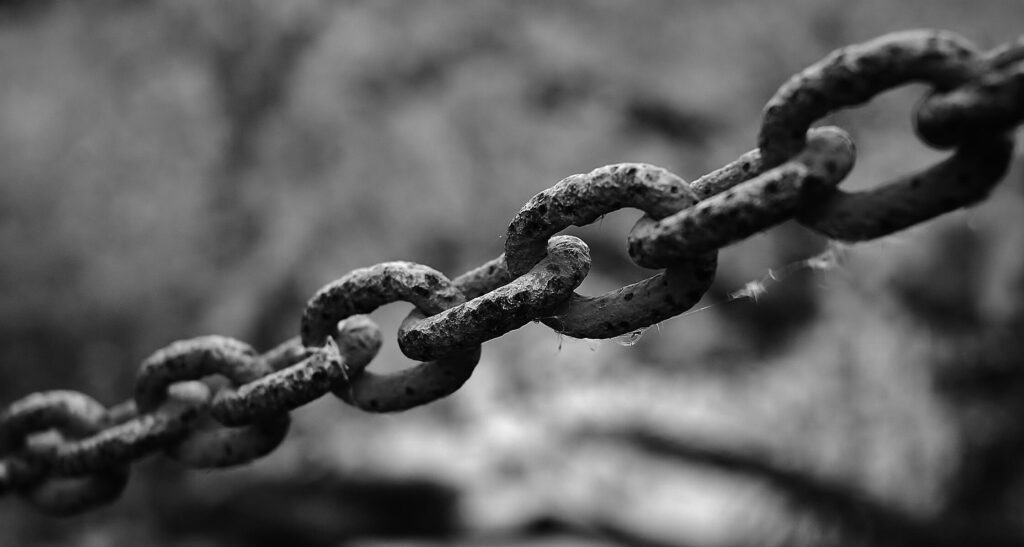
In trying to respond to this question, many employees would think only of the customer who purchases their organization’s goods or services – the external customer.
This is not surprising because it’s usually difficult for employees to identify their customers when those customers are internal to the organization. And as a result, these internal customers (fellow employees) often get little attention because traditionally the focus is more on the external customers.
It’s great to want to serve the external customers more, but it’s important to know that the quality of service the external customers receive is a function of the quality of service that the internal customers receive.
Put differently, the quality of service the external customers receive depends on the quality of service the internal customers receive. Hence focusing more on the external service at the expense of the internal service does not work.
To buttress this, I would like to take you through the service-profit chain – a concept evolved by a group of researchers from Harvard University.
The service-profit chain dissects the levers that translate good service into profitability. These levers are represented by links in an eight-link chain reflected in the diagram below.

The service-profit chain
Here’s how the service-profit chain works: Employee satisfaction increases when the internal service quality is enhanced. When the employee is satisfied, loyalty increases which raises productivity. Higher productivity results in delivery of greater external service value to customers which increases customer satisfaction and in turn loyalty. Profit and growth are then stimulated by customer loyalty.
As can be seen, all the links are interdependent – each supporting the one before it with profit and growth as the ultimate output.
This interdependence, and the fact that a chain is only as strong as its weakest link are the two natural characteristics of chains from which the concept of service-profit chain is drawn.
So, the point is: To make the service-profit chain strong, that is to maximize your profit and growth, all the 8 links must be made strong. If any is weak, profit and growth diminish.
And it’s noteworthy that one of the links in the chain is the internal service quality – the quality of support or service employees receive from fellow employees.
Hence when the focus is mainly on external customers with little attention to service to fellow employees, that link is left weak. And since a chain is as strong as its weakest link, profit and growth will not improve.
Organizations that understand this develop and maintain a corporate culture centered on excellent service to both customers and fellow employees. They know that focusing only on service to external customers is a flawed strategy.
But many organizations inadvertently do not pay attention to internal service quality. The outcome is that their employees are economical with the support and service they give to fellow employees.
They guard information instead of sharing them. They avoid outreach instead of networking across departments. It’s one department versus another instead of one department and other departments. Employees pass by or leverage struggling colleagues to score a point, instead of helping.
And the person at the receiving end of the resultant suboptimal internal service is the external customer.
So rather than support themselves to fight the common enemy – the competitor, employees in these organizations deny themselves mutual support, and by extension leave the customers dissatisfied and vulnerable for the competitor to capture.
Again, who is your customer? If I ask employees in your organization this question, will they indeed recognize their fellow employees as their customers and give them excellent support and service?
